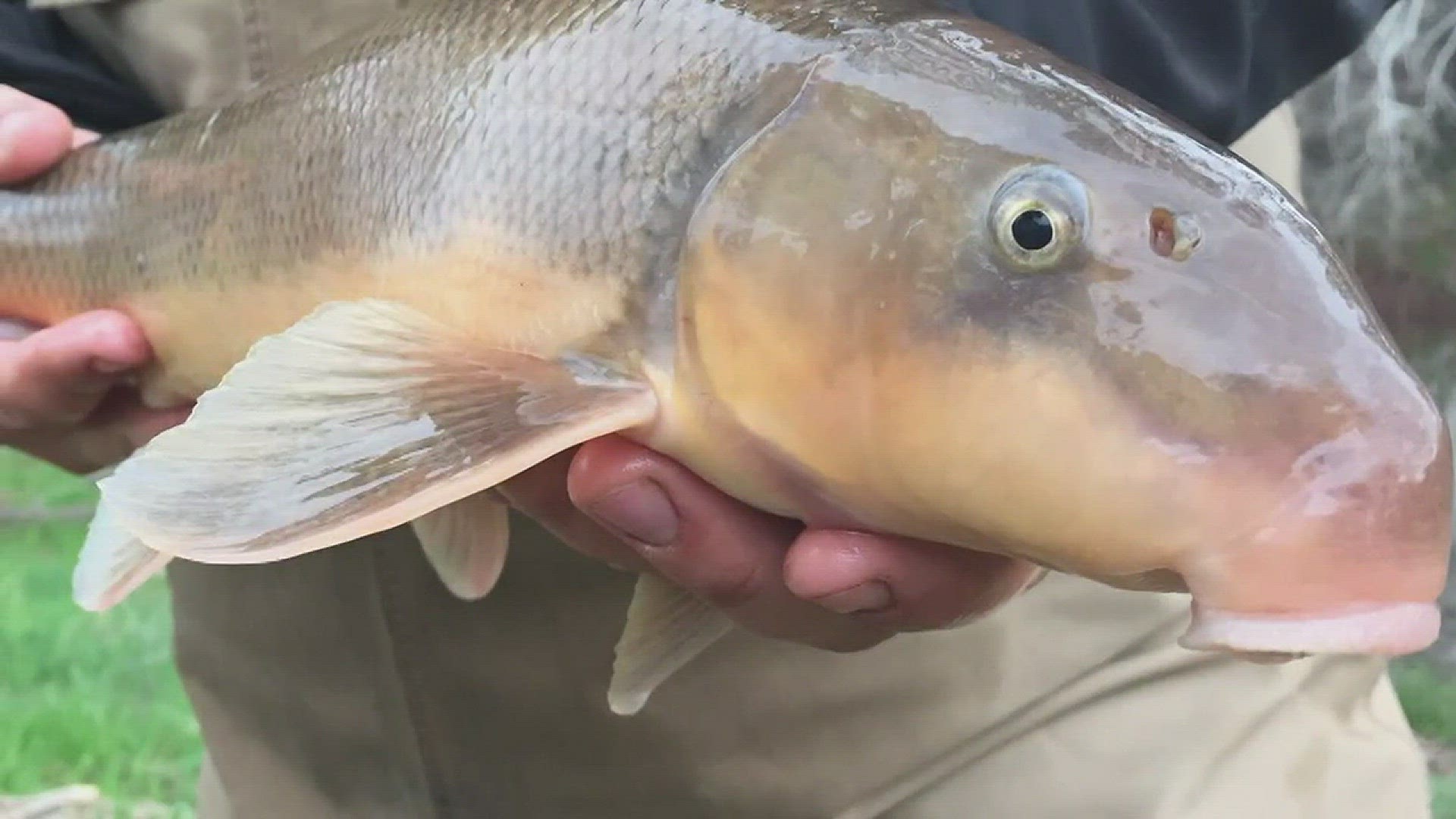Wildlife researchers in Arizona are on a mission to make the sport of fishing truly local.
Historically, the industry has relied on out-of-state live bait. Nineteen authorized bait dealers in Arizona receive all their bait – the most common being fat-head minnows -- from states like Arkansas. But there is a movement to restrict non-native live bait because of concerns about how non-native species impact local fish populations.
Most of Arizona’s native fish species are dwindling and more than half are federally listed as endangered or threatened.
“Non-native fish compete with native species and you also don’t always know what you’re getting,” said Chris Cantrell, Aquatic Wildlife Branch Chief for the Arizona Game and Fish Department. “We do not want to unintentionally transport something in with a load of bait.”
Nationally, the most widely publicized example of a non-native fish creating havoc on a waterway is the silver carp, nicknamed “the flying carp.” It has decimated fish populations in the Mississippi River Basin and created a nuisance for boaters.
Enter Arizona’s Sonoran Sucker fish. On the grassy banks of Oak Creek in Page Springs, state researchers are capturing Sonoran Sucker fish and isolating them in a nearby research facility. The goal is to understand the spawning habits of the brown and yellow bottom-feeder and study its attractiveness as prey to predators like catfish and bass. Eventually researchers hope to offer the fish on a mass-scale in Arizona’s live-bait market.
“Using a Sonoran Sucker would be an opportunity to provide a disease free, large size bait that would provide the chance (for anglers) to go after flat head cat fish or large-mouth bass and striped bass,” Cantrell said. “This project is essentially to safeguard the future of native fish in Arizona. And to do that create opportunities for native bait fish.”
Researchers hope by July 2018 they we will have a firm direction on whether to move forward with production.
"We are evaluating whether or not we can produce the numbers and the sizing of fish that would be beneficial to our anglers," Cantrell said.
Cantrell is optimistic, anticipating the launch of a campaign called “Go Native” intended to influence anglers to use native bait.
“We’ve been operating hatcheries since 1922 and producing fish,” Cantrell said. “So I’m very confident with our staff that if we can produce the numbers based on their spawn and recruitment we will be able to produce the numbers needed for our anglers.”

